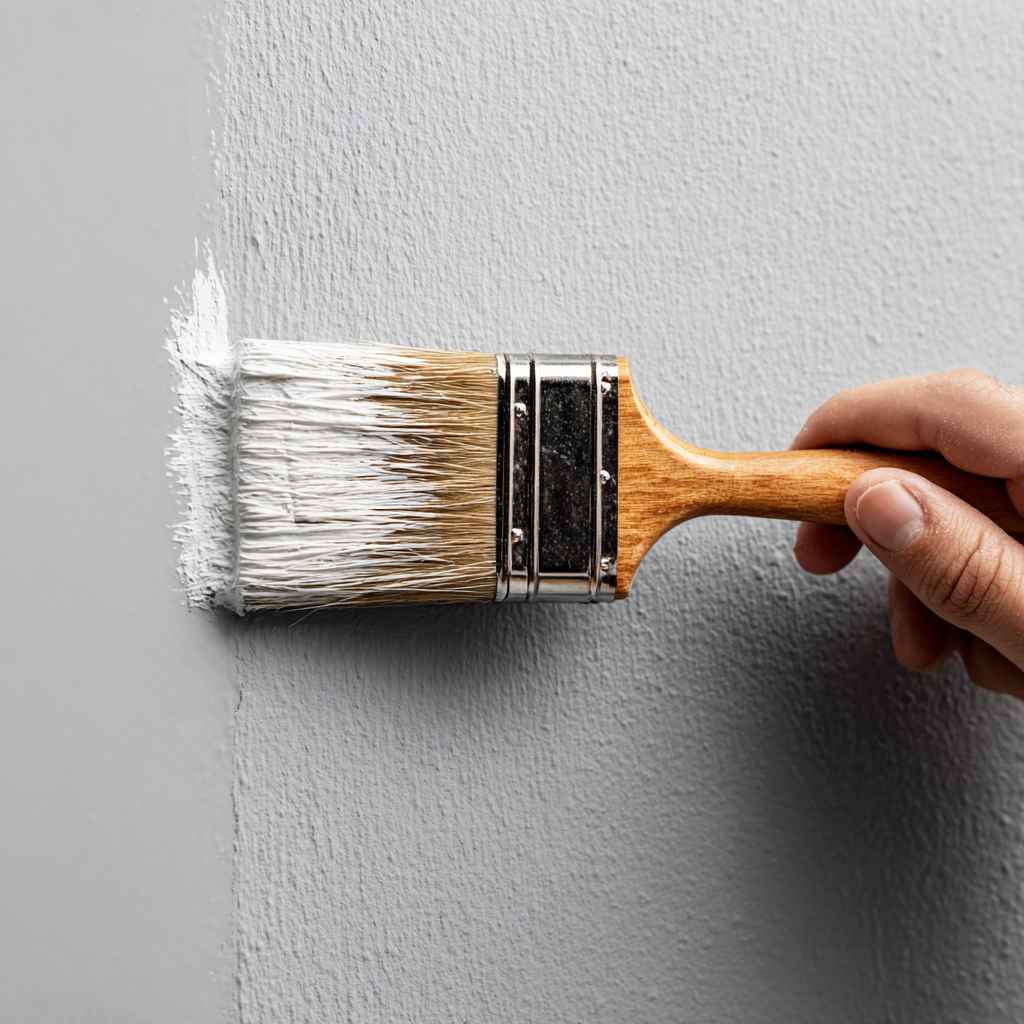Key Take Aways
Energy efficiency matters – Insulating your garage—walls, ceiling, floor and door—reduces heat loss in winter and heat gain in summer, lowering energy bills and boosting comfort.
Choose your insulation carefully – Popular options include fibreglass batt (economical but moisture-prone), rigid foam board (high R‑value in thin space), and spray foam (excellent seal, higher cost).
Seal and prep before installation – Clear out the garage, seal cracks and gaps with caulk or expanding foam before adding insulation, for maximum effectiveness.
Install snugly but don’t compress – Fit insulation into walls and ceilings without crushing it; orient vapour barriers correctly for fire safety and moisture control.
Don’t forget the garage door – Use kits or foam board cut to fit panels, and add weather-stripping to prevent drafty gaps.
Inspect and finish with care – Once insulation is in place, seal remaining air leaks around windows, doors and frames; cover with drywall or other material for fire compliance and a polished finish.
Legitimate insulation is fundamental whether you need to transform your garage into a comfortable workspace, protect priceless items from temperature fluctuations, or simply lower energy costs. We’ll take a look at various insulation types, including fibreglass batts, spray foam, and reflective foil, and give installation tips. For best effectiveness, figure out how to insulate garage, seal, and maintain insulation in garage entryways. You will have what it takes to design a room that mixes impeccably with your home and is both comfortable and energy-productive.
Why Insulate Garage?
Insulating a garage offers various benefits that go past simple temperature control. You can altogether lower your annual energy costs by insulating your garage. This is particularly gainful, assuming your garage is associated with your home, since it assists with maintaining indoor temperatures and decreases the burden on your HVAC system. To forestall the development of shape and buildup that could damage stored items or the actual structure, insulation likewise fills in as a moisture barrier.
Likewise, a well-insulated garage creates a calmer environment by lessening outside noise infiltration, which is particularly useful in the event that you utilise your garage for side interests or as a workspace. Whether you’re storing vehicles, working on projects, or simply exploiting additional living space, a insulate garage will make it a more comfortable and practical region. This reasonable investment will improve your home’s value and livability.
Types of Insulate Garage
The efficiency and effectiveness of insulate garage rely upon the type of insulation you use. Consider the three essential types of insulation while choosing it for your garage:
- Fiberglass Batt Insulation: This type is popular because of its affordability and ease of installation. Thermal resistance and soundproofing are given by the rolls or batts that fit firmly among studs and joists.
- Spray Foam Insulation: Spray foam insulation develops application, filling even the littlest crevices, and is eminent for its superior coverage and capacity to seal gaps. For climates with high humidity or extreme temperatures, it gives brilliant thermal resistance and moisture control.
- Reflective Foil Insulation: In warm climates, this type functions admirably in light of the fact that it utilises reflective materials to reroute heat. It is normally installed by stapling or sticking it to the garage’s framing, reflecting brilliant heat away in the late spring and retaining heat in the colder time of year. For garages where customary insulation probably won’t be practical, reflective foil insulation is lightweight and space-effective.
Steps to Insulate Garage
A viable method for further developing solace, cutting energy costs, and capitalising on this underutilised space is to insulate your garage. To accomplish victories while insulating your garage, follow these significant steps:
- Assess Your Garage: Assess the insulation now set up and take note of any areas that require work. Search for spaces with potential air leaks, like gaps and cracks. The sort and measure of insulation are not entirely set in stone by this assessment.
2: Choose the Right Insulation: Choose the right insulation material for your garage’s construction and climate in light of your assessment. For fibreglass framing, spray foam can be utilised to seal gaps, and reflective foil can be utilised to increment space efficiency.
- Prepare the Garage: Before installation, clean the region where insulation will be applied and eliminate any messiness. To forestall air leakage, which can diminish the adequacy of insulation, seal any gaps or cracks with caulking or foam sealant.
- Install the Insulation: While installing insulation, cautiously stick to the maker’s instructions. Be certain fibreglass batts fit firmly among studs and joists to forestall pressure that could bring down their warm efficiency. While reflective foil ought to be installed with the shiny side facing the interior to expand its reflective properties, spray foam ought to be applied uniformly to frame a total seal.
Additional Tips for Efficiency
Consider the accompanying extra tips that complement your insulation choice and installation to augment the proficiency of your garage insulation:
- Seal Garage Doors: To forestall drafts and moisture infiltration, weather strip the border of garage doors and install a threshold seal at the base. This increments energy proficiency and assists in keeping indoor temperatures steady.
- Insulate Garage Door: In the event that your garage door isn’t insulated, ponder installing insulation panels or purchasing a garage door insulation kit. By decreasing intensity misfortune or gain through this tremendous surface region, insulate garage door works on the viability of insulation, generally speaking.
- Consider HVAC Extension: On the off chance that you expect to involve the garage as a workspace or living space, broaden the heating or cooling ductwork into it. This holds the garage back from turning out to be unduly hot or cold, relying upon the season and ensures steady comfort throughout the entire year.
Maintenance and Upkeep
Long haul productivity and effectiveness of your garage insulation rely upon standard maintenance and review. Conduct periodic checks of your insulate garage for any indications of wear, damage, or gaps that might have been framed after some time. Glance particularly around doors, windows, and electrical outlets for any spots where insulation might have been compressed, ripped, or displaced. On-time resolution of these issues assists with protecting the warm execution of the insulation and stops energy loss.
Keep an eye on the general state of your windows and garage doors. To stop drafts and moisture infiltration, ensure the seals and weather stripping are set up and working appropriately. Depending on the situation, keep a tight seal and supplant exhausted weather stripping. In the event that you’ve seen expanded energy bills or huge temperature fluctuations in your garage, you ought to contemplate adding more insulation. Where the original insulation has settled or lost its effectiveness over the long haul, extra insulation could be required.
To keep away from debris building up in your garage, which could influence the effectiveness of your insulation, keep up with tidiness. Try not to impede airflow around insulated surfaces and keep storage regions coordinated. You can broaden the existence of your insulate garage, further develop energy productivity, and assure an agreeable climate lasting through the year by carving out opportunities for routine maintenance and upkeep.
Conclusion
Insulate garage is a pragmatic venture that works on the productivity and solace of your home. Proper insulation is fundamental, whether you’re transforming your garage into a workshop or gym or simply need to shield your vehicles from extreme temperatures. By sticking to this aide, you can establish a space that is completely coordinated with your routine, energy efficiency, and comfort.







